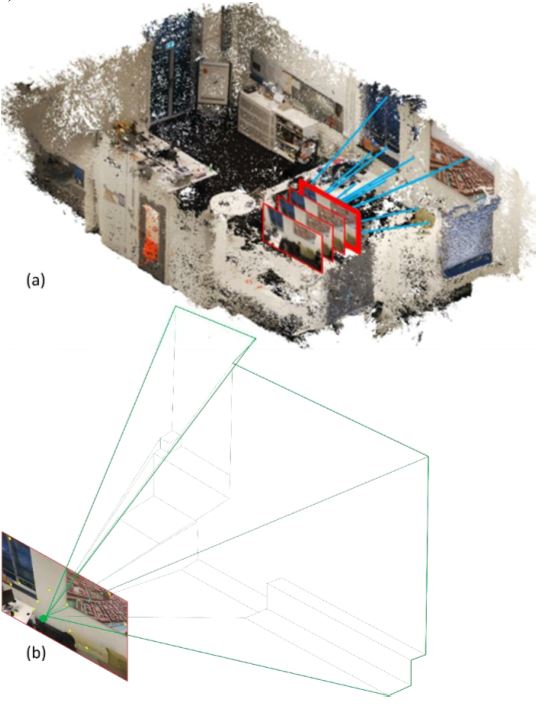Evaluation of the complexity of escape routes inside the buildings
Keywords:
Path Complexity, Indoor environment, Emergency situations, Visibility analysis, Isovists, Visibility graphsAbstract
In emergency situations involving large buildings, such as public buildings and offices, it is important that the main escape routes are
correctly signalised. In these situations, a large number of people must flow easily even in highly articulated environments. It is
therefore necessary to identify the less complicated paths to follow in order to ensure a fast and efficient evacuation of people. The
ways in which a person is able to move within the environment are strongly influenced by the space he is able to see in front of himself.
The architectural configuration of buildings and the location of some objects in space can cause visibility problems, affecting the
perception of the paths through which it is possible to navigate. Different methods have been analysed to identify the visible space
from a certain point of view, by linking the user's perception with the surrounding environment. In particular, in the field of space
syntax and cognitive science, attempts were made to describe the characteristics of an environment through the approaches of isovists
and the visibility graphs, which allow to calculate numerical properties of the environment as it is perceived by a certain person.
However, many of these studies are aimed at a two-dimensional environment analysis, or do not take into account a possible dynamic
configuration of the motion. This contribution proposes a method for quantitatively assessing the complexity of a known pathway in a
building represented by a three-dimensional point cloud, through the combined use of isovists and visibility graphs techniques. The so
extracted numerical descriptors are used to identify what could be the most easily accessible escape routes in emergency situations.
Downloads

Downloads
Published
How to Cite
Issue
Section
License

This work is licensed under a Creative Commons Attribution-ShareAlike 4.0 International License.



